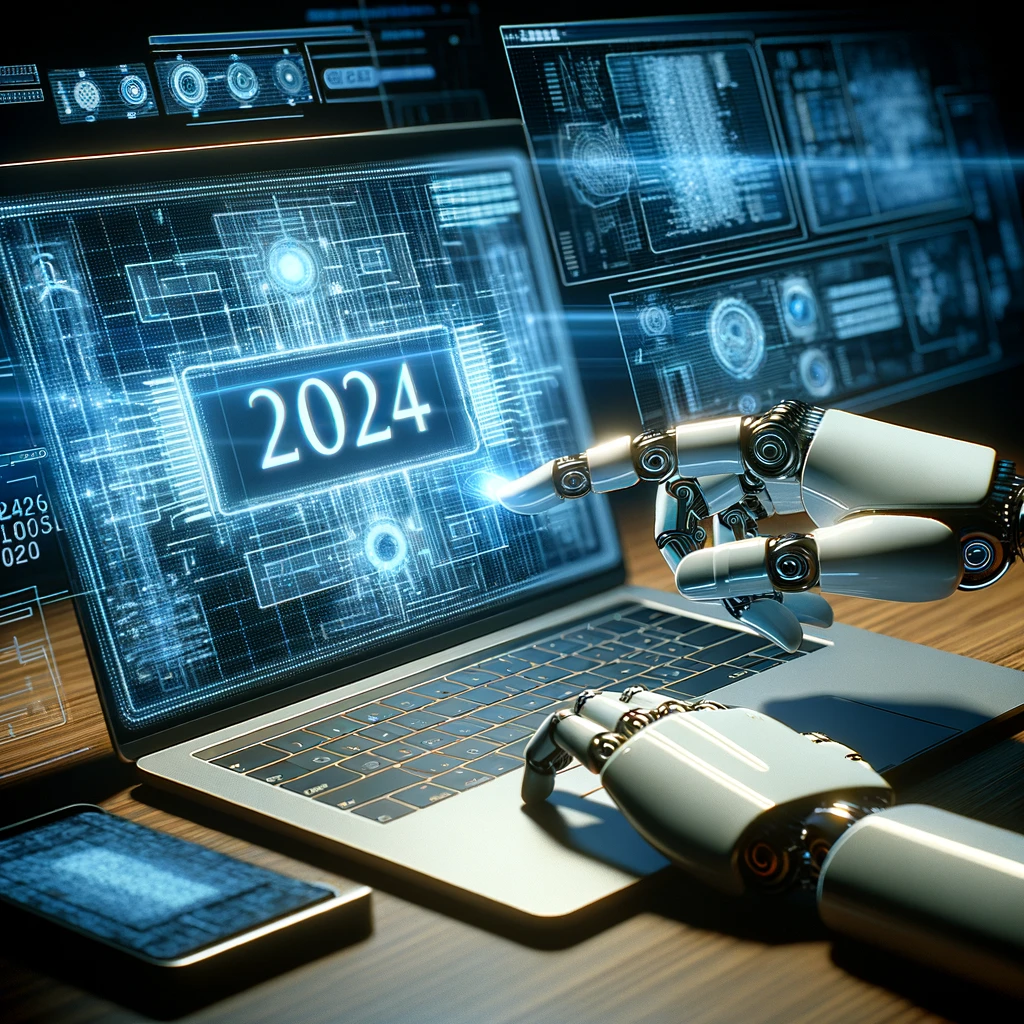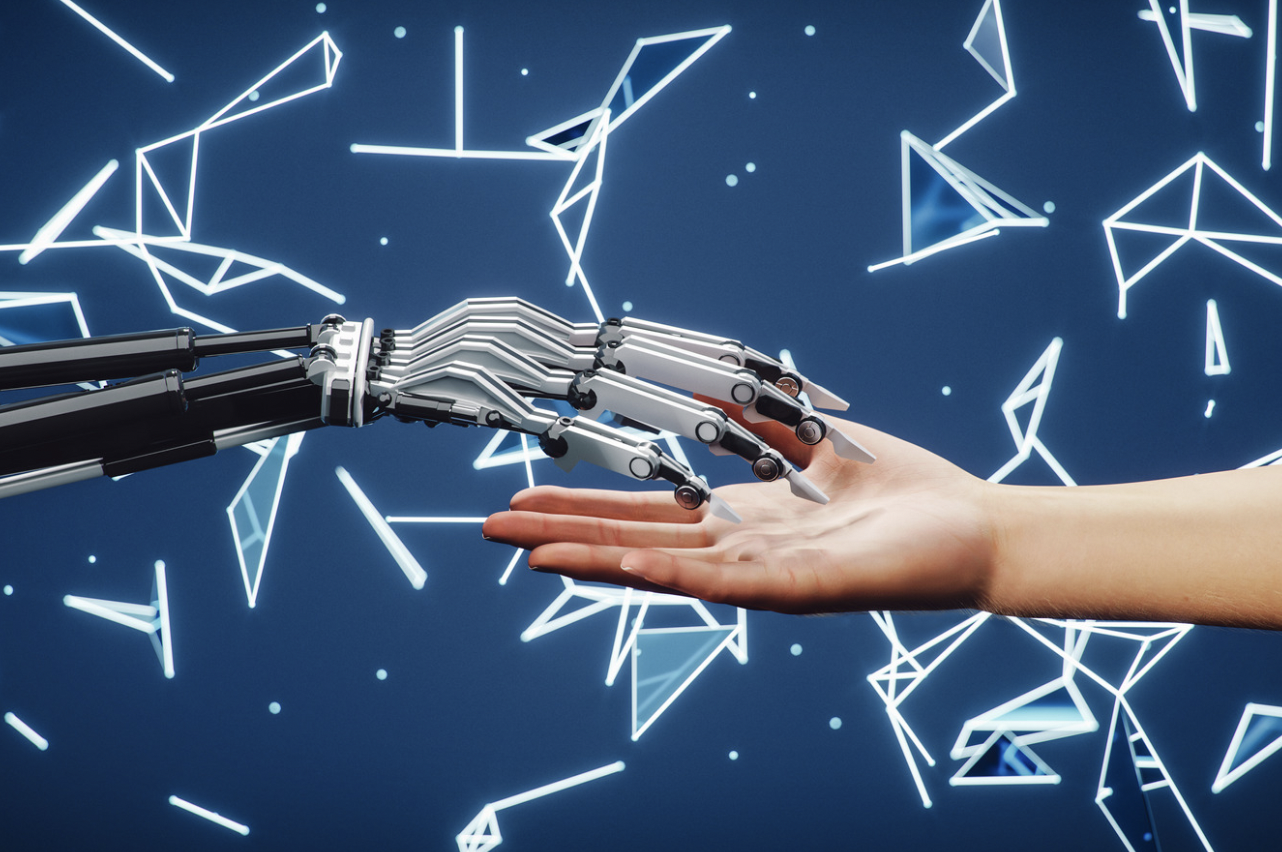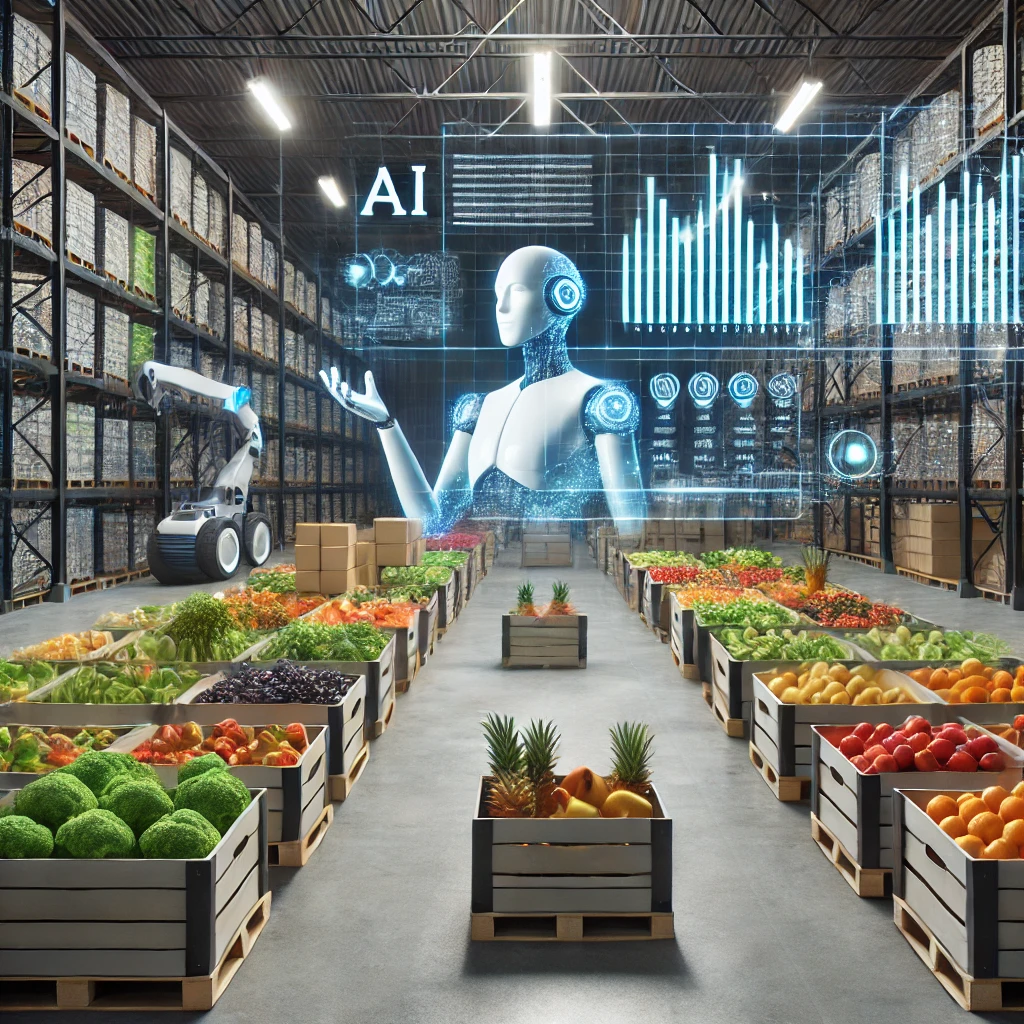The Future of Robotic Process Automation (RPA): Key Trends for 2024
As we move deeper into 2024, the landscape of Robotic Process Automation (RPA) continues to evolve rapidly, driven by technological advancements and a shifting business environment. Here are some of the key trends shaping the future of RPA:
1. Integration of AI and Machine Learning
RPA is increasingly being enhanced by artificial intelligence (AI) and machine learning (ML). These technologies are making RPA more intelligent, allowing for the automation of complex tasks that require adaptive responses, such as natural language processing and decision making based on contextual data. This integration is helping to transform RPA from a tool for simple task automation into a more comprehensive solution for complex business process management (Digital Robots) (Appian).
2. Hyperautomation
The push towards hyperautomation remains a major trend. This involves the integration of advanced technologies, including AI and ML, to automate processes not just at a task level but across entire workflows. This trend is significantly increasing the efficiency and scope of automation initiatives within organizations (Digital Robots).
3. Cloud-based RPA Solutions
The migration of RPA to the cloud is accelerating, enabling organizations to leverage the flexibility, scalability, and cost-efficiency of cloud computing. Cloud-based RPA solutions make it easier for businesses to implement and manage automation, facilitating faster deployment and reduced overhead costs (Information Management Simplified) (AxiomQ).
4. Wider Adoption and Accessibility
The use of low-code platforms is making RPA accessible to a broader range of business users, including those without extensive technical expertise. This democratization of technology is enabling “citizen developers” to design and deploy automation workflows, thereby expanding the adoption and impact of RPA across various organizational levels and departments (Digital Robots) (AxiomQ).
5. Enhanced Security and Compliance
As RPA becomes more prevalent, enhancing security measures and compliance with regulatory requirements are becoming critical. Organizations are investing in robust security features, such as advanced encryption and detailed audit trails, to protect sensitive data and ensure the integrity of automated processes (AxiomQ).
6. Focus on Customer Experience
RPA is increasingly being used to enhance customer interactions by automating customer service tasks. This includes streamlining onboarding processes, handling routine inquiries, and providing personalized service, which in turn improves customer satisfaction and loyalty (AxiomQ).
7. Ethical Considerations and Governance
With the widespread adoption of RPA, ethical considerations are becoming more prominent. Organizations are focusing on establishing governance frameworks to ensure responsible and fair use of automation technologies, addressing potential ethical issues, and ensuring that RPA contributes positively to organizational and societal goals (AxiomQ).
These trends highlight how RPA is not just surviving but thriving by adapting to new technologies and expanding its capabilities. As RPA continues to evolve, it will play a crucial role in shaping the digital transformation strategies of organizations around the world.










